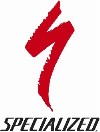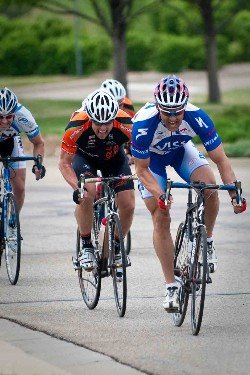 You’d think a race called Paris-Nice would start in Paris; it doesn’t, this year it started in Amilly.
You’d think a race called Paris-Nice would start in Paris; it doesn’t, this year it started in Amilly. The first Paris-Nice race was run in 1933 and did begin from Paris. It was won by a Belgium rider Alphonse Schepers. The race now commonly departs from areas outside or south of Paris dipping into the Alps then southeast to the coast of the Mediterranean, where it does at least end in Nice. The race is put on by the organizers of the Tour de France and the Paris-Roubaix. Sean Kelly remains the king of Paris-Nice, winning it 7 times in a row from 1982 to 1988. It has not always been called Paris-Nice. From 1951 until 1954 it was known as Paris-Côte d'Azur; in 1959-1960 it was Paris-Nice-Rome.
* 7 wins: Sean Kelly
* 5 wins: Jacques Anquetil
* 3 wins: Eddy Merckx, Joop Zoetemelk, Laurent Jalabert
The 2009 Paris-Nice "the Race to the Sun" is currently underway and finishes March 15th. Sylvain Chavanel (Fra) Quick Step is currently in the lead by .06.
You’d think a race called Paris-Roubaix would start in Paris; it doesn’t, it starts in Compiegne.
The first Paris-Roubaix race was run in 1896 and did depart form Paris to Roubaix 280 km to the north. Théodore Vienne and Maurice Perez had built the velodrome in their town of Roubaix the year prior and wanted to bring people to see their new showcase. They convinced the editor of Le Velo, a daily sports paper in Paris, to organize the start from Paris to their small town in the north.
The cycling editor of Le Velo Victor Breyer was sent out to find the route from Paris to Roubaix. The wind blew, the rain fell and the temperature dropped. Breyer reached Roubaix filthy and exhausted after a day of riding in disjointed cobbles. He swore he would send a telegram back to Paris urging Vienne and Perez to drop the idea, saying it was dangerous to send a race the way he had just ridden. But that evening a meal and drinks with the team from Roubaix changed his mind and history was set in motion.
The race usually leaves riders caked in mud and grit, from the cobbled roads and rutted tracks of northern France's former coal-mining region. However, this is not how this race earned the name l'enfer du Nord, or Hell of the North. The term was used to describe the route of the race after World War I. Organizers and journalists set off from Paris in 1919 to see how much of the route had survived four years of shelling and trench warfare. Who even knew if there was still a road to Roubaix? If Roubaix was still there?
The car of organizers and journalists made its way along the route, at first all looked well. There was destruction and there was poverty and there was a strange shortage of men. But France had survived. Then, as they neared the north, the air began to reek of broken drains, raw sewage and the stench of rotting cattle. "Trees which had begun to look forward to spring became instead blackened, ragged stumps, their twisted branches pushed to the sky like the crippled arms of a dying man. Everywhere was mud. Nobody knows who first described it as 'hell', but there was no better word."
2009 Paris-Roubaix " the Hell of the North" will be on Sunday April 12, 2009
[the photo on top is from 2003 and my participation in the citizen's ride for the Centennial Celebration of the Tour de France in Paris - not a race]
Paris-Roubaix (2008 video)
The Arenberg forest makes even the world’s best look like a day at the Boulder Reservoir:
Great Historical Footage: (video)




























No comments:
Post a Comment